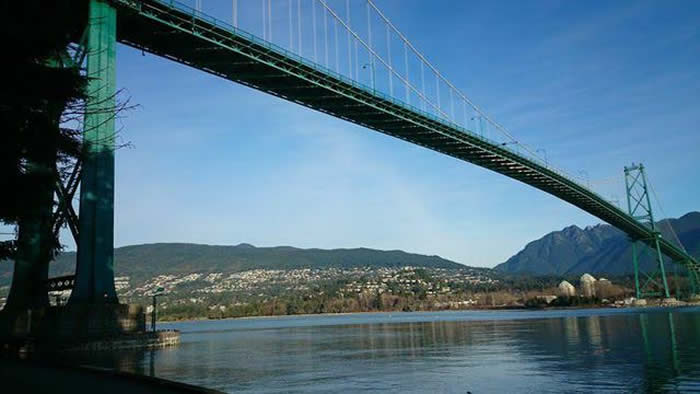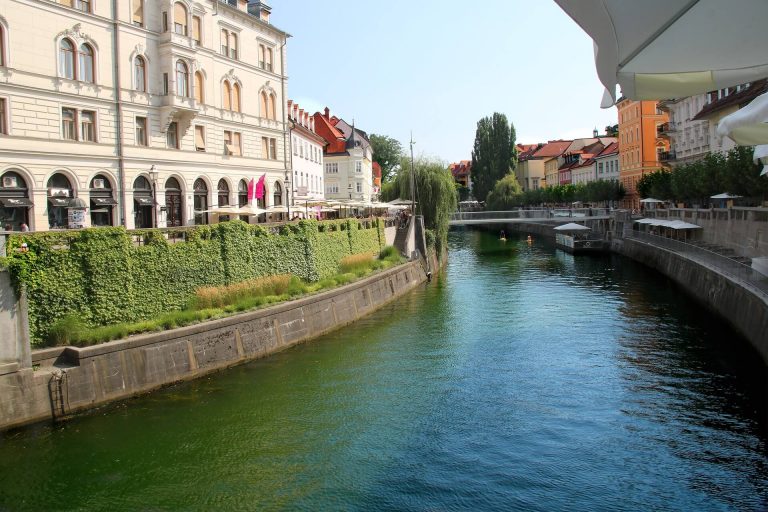You might wondering: what are the best spots in the Dolomites? You know, Dolomites are acknowledge as UNESCO heritage and it is one of the most sought-after destinations of Italy. Yet, what are the must-see places of the Dolomites? Let’s check them out together!
#1 – CORTINA D’AMPEZZO

Cortina d’Ampezzo is known as ‘The Queen’ of the Dolomites. In addition to its undisputed fame, Cortina enchants for its mountains and for the beauty of its plain. Some DO-NOT-MISS peaks are: Tofane, Cinque Torri, Lake Sorapis – the gem of the Dolomites – and the Nuvolau hut, one of the most beautiful panoramic balconies in the Dolomites. In 2026 Cortina – along with Milano – is also going to be the hosting city for the Winter Olympics Game. This town gained the privilege to be a popular destination among famous people.
#2 MARMOLADA
This mountain is one of the spot you have to go once in a lifetime. It is the largest glacier and higher peak of the Dolomites. The Marmolada is full of beautiful trekking paths for every level. Moreover, during winter, it offers a great spot for skiers and snowboarders of the whole world. In fact, there are so many slopes all connected each other. Do not you skiing? No problem, there is a gondola that carries you up to the top of the mountain.

#3 VAL PUSTERIA – THREE PEAKS OF LAVAREDO AND BRAIES LAKE
Val Pusteria is a beautiful and broad plain right under a stunning group of mountains from which the Three Peaks of Lavaredo stands out.

Also, part of this itinerary can allow you to go down in the opposite site of the mountain and reach, after several hours of walking, the beautiful Braies Lake. This is one of the gems of the Dolomites and in the last years it became a great location for television shooting. Moreover, at the lake you can find a wood boat rental for a quick voyage in the middle of it: such an emotional experience, very recommended. There is also an equipped little beach at the end of the lake where families used to relax and sunbathing.
#4 MADONNA DI CAMPIGLIO
The area of Madonna di Campiglio, in the Brenta Dolomites, is the only Dolomites group to rise west of the Adige river. Famous location both in summer and winter, it offers a paradise of opportunities at the foot of Dolomites towers and spires. There many and many trails to do here and not just for mountaineers or experts. An example is the path all round 5 lakes, easy but incredible amazing. An interesting fact is that imperial royals used this place as destination for vacations. The story is that Princess Sissi, with her husband and emperor Franz Jospeh, has stayed in Madonna di Campiglio twice. During these holidays they made several excursions and those trails are now recognized as imperial paths. Of course, the centre of Madonna di Campiglio deserves a visit: it has a typical Austrian design and there are many good restaurants, stores and bars.

#5 VALLE AGORDINO – BELLUNO
Few knows that the 70% of the Dolomites are in the province of Belluno: a little town in the northeast of Veneto region. This was also the place where most of the First World War took place and therefore, there are tons of paths and old trenches ready to be discovered. This group of mountains has a lot of beautiful villages (Alleghe or Agordo for instance) as well as itineraries. In Alleghe there is a nice lake that freezes during cold season and many people crowd there for skating. Also, it is home of Mount Civetta: an excursion that can be a little bit challenging. However, the view from the top repays the pain and you can also refresh yourself in the tiny alpine lake up there.






























